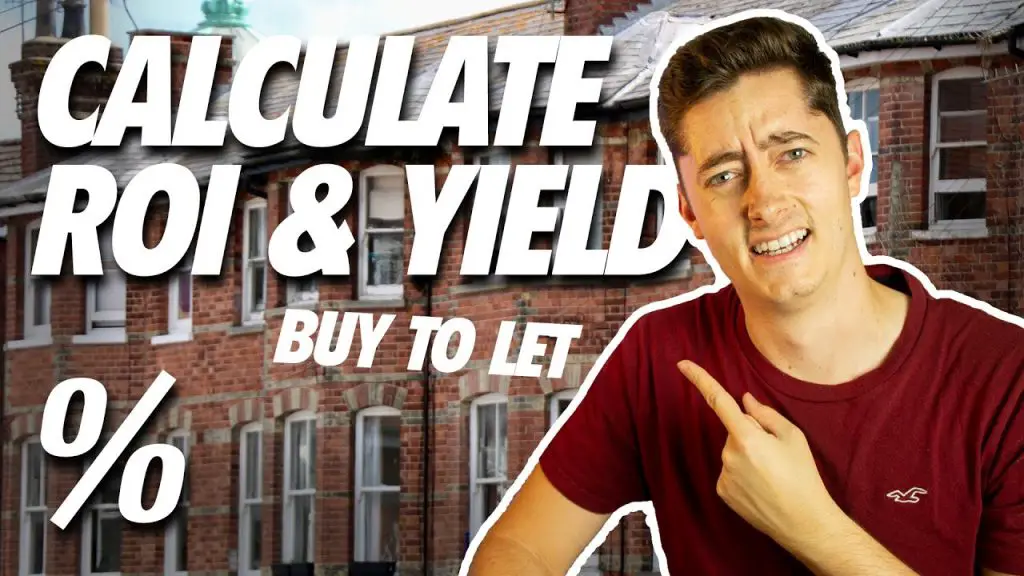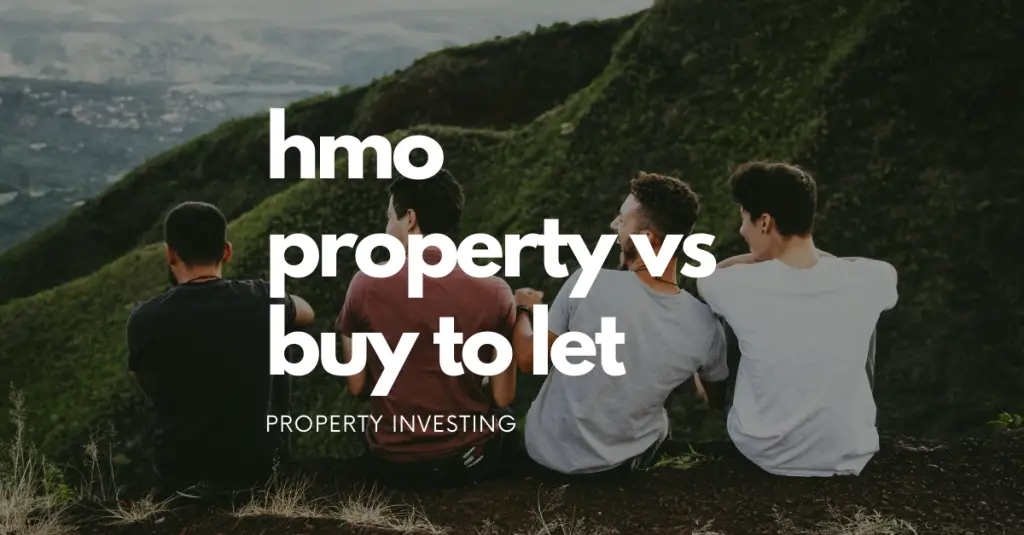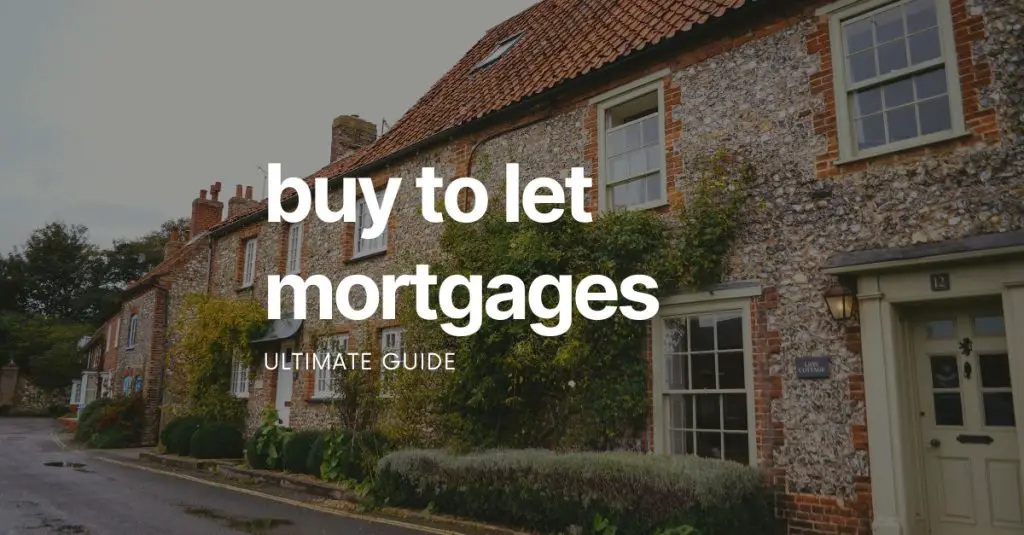Few things are as misunderstood as bridging finance or otherwise known as Auction finance. It sounds intimidating, what happens if I can’t keep up the repayments and many investors, including those who are fairly experienced find it scary and confusing.
Overall it has a reputation for being risky, expensive and sometimes shady. In the past some bridging lenders definitely used some shady tactics but these days it’s a solid financial product that is a great vehicle to help you purchase a property at auction quickly so that you can meet the 30 day completion deadlines the moment the hammer goes down.
Used properly – bridging finance can be a powerful asset to your property journey, enabling you access to profitable deals that otherwise wouldn’t have been possible.
In this post, we’ll explore everything you need to know to use bridging finance with confidence.
What is Bridging Finance?
So lets explore the bridging basics
- The amount the lender will give you to you is determined on the value of the property.
- They will place a charge on the property as security which means that they can repossess it if you default on the loan.
- You pay interest on the loan for the agreed term, then repay the entire loan back at the end.
The big difference with a bridging loan is the duration, a normal mortgage you’d take out for 30 – 40 years but a bridging loan gets you from A to B, hence being a bridge. Typically you don’t tend to sit on a bridging loan for anything more than 12 months. But because of this it means there’s a highly monthly cost, a normal mortgage in 2022 is around 1 – 2% on the residential market and about 2 – 3% on the buy to let market.
Bridging loans tend to be 8 – 15% which sounds extortionate, and it is but because their often used while you refurbish a property and refinance, they’re essentially charging you that extra interest to get a piece of the pie when it comes to your property renovation, which when you make tens of thousands of pounds of profit without using all of your own money – that’s fair enough.
How is bridging finance different to a mortgage?
There’s a few interesting points to mention about bridging lenders that are a bit different.
- They’re less bothered about your personal income because they look more at the property, so this means you can get a bridging loan with a lower income, compared to a residential mortgage which is all based on you and your income to work out your affordability.
- Unlike a buy to let mortgage, lenders also aren’t bothered about the rental income because you wouldn’t use a bridging loan to rent out a property and it’s pretty common for a house to be empty while using the bridging loan.
- The condition of the property doesn’t really matter, if it’s unmortgageable in the sense that it has no bathroom and kitchen with running taps and waste – you can still get a bridge on the property.
- And lastly – bridging finance can be much quicker to arrange, hence it’s often used for property auction purchases.
When you get a mortgage on a property, lenders place what is known as a ‘charge’ on it. This is known as a security and means that the lender can force the sale of the property to get their money back if you stopped paying your monthly interest.
Most lending is charged on a first charge basis meaning that you take out the primary loan from the main lender, you can get second charges but it doesn’t mean you can take out 2 entire mortgages.
The first charge is repaid first, and then whatever is left goes to the second charge, and then to you, so the second charge lender won’t usually lend anything above what it’s worth so they ensure that they can get their money back in the event of a sale.

How & when do you use a bridging loan?
It’s more expensive and it’s for a short duration – why use it?
Well firstly, if you don’t want to hold the property for very long, for example a popular property investing strategy is buy, refurb, refinance known as BRR where you buy a property, do it up to a great standard, then refinance it at a higher value and use the higher valuation and mortgage to pay off the original bridging loan, plus a bit of extra profit left for you at the end, and you have a house to show for it.
This works great in auctions, but even if you find an on-market property, sometimes they ask for cash buyers only.
A great tip to remember is that bridging finance is classed as a cash purchase in terms of speed so don’t let those descriptions put you off. Typically a house would be cash purchase only if it’s unmortgageable via a normal lender.
So it allows you to buy a wreck of a property, do it up and then either sell it on or refinance it onto a buy to let mortgage.
How much can you borrow on a bridging loan?
The size of bridging loan you can take out is based entirely on the value of the property – and factors like the amount of rental income and your own personal income don’t come into it. It varies from lender to lender but that’s the general idea.
It still comes back to the famous term Loan to Value. This is the size of the loan, divided by the price of a property. So a loan of £75k against a property of £100k is 75% LTV, and you put in the rest which is known as your deposit.
Lets say you found an awesome property and snapped it up for £85k rather than £100k – because of this the lender will only lend against around 75% of the price you purchased it at, rather than the actual worth of the property – which isn’t helpful.
However with bridging, some lenders may value the property or at it’s done up value. So if it’s worth 100k market value or £120k done up after a refurbishment, they’ll instead give you 75% towards either the market value or the gross development value of the property meaning you’ve got cash to purchase it AND cash to do the refurbishment.
Typically they don’t give it all in one go, but they may make staged payments along the way.

Getting off a bridging loan
With this – there’s a huge importance on the valuation. The bridging lender will instruct a RICS surveyor to inspect the property and determine it’s value, and this means that because the whole thing is somewhat subjective – you could be disappointed at what the official valuation is.
We all do it, you’ll look at a project optimistically and inflate the numbers, the RICS valuer comes back and plays it safe. Their job is to reduce the risk for the lender so they won’t go for punchy numbers like you will.
Meaning when you analyse properties – make sure you’re being conservative in your figures.
Bridging Loan vs BTL Mortgage
Lenders will also want to know a little bit more about you, what experience you have in executing this type of project, especially if you want to get into HMOs or development projects beyond a simple refurb. They’ll also want known how you will repay back the loan and what your exit strategy is. Are you selling it, refinancing it?
There’s also lots of other things they’ll consider like how likely it is that you’ll complete the project within the bridging timeframe, will the property be marketable when you’re done, do you have other assets they can go after if you default. They do sometimes look at your personal income when you play to make monthly interest payments, rather than at the start or end of the project and just bulk it up in the sale / refinance of the project.
Are bridging loans expensive? Fees explained
There’s a few fees to consider
- – The initial valuation
- – Arrangement fee which is around 2% of the loan
- – Lenders legal fees and your own
- – An exit fee which is usually 1%
- – Other fees like early repayment, extending the bridge
- – Broker fee which is around 1%
All of this might sound expensive when you consider 3% of the total loan, plus legal fees and other costs but if it enables you to purchase a property, do it up and make a profit then just consider it as part of the costs of making the project happen.
The fees associated with the loan will usually be deducted from the gross advance before it’s paid over to you.
For example, if you agree to borrow £80,000 with an arrangement fee of £1,500 and legal fees of £1000, you’ll end up with £77,500 actually landing in your bank account as the net advance. The exception is exit fees, which (as the name implies) are usually added at the end rather than deducted at the start.
And then with the interest there’s a few options
- – The lender can take it out of the gross advance at the start
- – You can roll it up and pay as a lump sum at the end
- – You can service it monthly with repayments

What are the cons of a bridging loan?
So – with bridging lenders being extremely fast, it’s technically possible to complete a bridging transaction in under a week which would never happen with a mortgage.
That’s because there’s a lot of elements a mortgage lender will want to look at, which a bridge might ignore or at least look at in less detail because it’s not as relevant for what you’ll be using the financial product for. Typically, with a bit of back and forth – it’s quite common to be able to get all your ducks lined up for bridging finance in a few weeks up to a month, so still speedy and great for auctions.
A few things that might slow you down are
- – The time it takes for the lenders valuer to assess the property and put a report together
- – How quickly your solicitor works and how many holidays they take
- – If you have all the information the lender needs
- – How much digging the lender wants to do into you
When should you use a bridging loan?
Overall, here’s a few things to consider if you’re thinking about bridging finance
- Can you benefit enough from it to justify the extra cost?
- The higher fees can be scary but if you have a profitable project that’s only enabled because of bridging then it could be worth it. If bridging is going to make or break a deal for you then clearly bridging isn’t right for you. This is really up to you properly analysing the project
- Do you have a solid exit strategy?
- The main thing is making sure you are not stuck on a bridge because the costs can be high and there’s fees to pay. So make sure when analysing and structuring a property deal that the project you’re working on has multiple exits. Whether that’s selling, refinancing, changing strategy.
- Lets say you’re converting into an HMO but you don’t get planning, or you accidentally bought in article 4 area without realising or something stops you from making it into an HMO then instead converting it into a house that will still make profit as a buy to let.


 10 Minute Read
10 Minute Read


